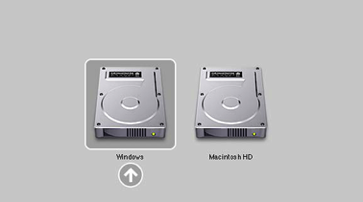

Relying on details stored only on the internal SSD to control startup from external drives is a way to make it harder for nefarious parties to hijack a Mac’s data. And, maybe, to reduce its tech support costs. Why would Apple do this? To increase security. If the internal SSD has failed or been entirely erased-it contains several hidden volumes-you can no longer boot from an otherwise valid volume on an external drive. The fresh information here is that an M1-based Mac relies on its internal SSD to allow external drives to boot. You’re Unlikely To Have a Dead Internal SSD and a Live Mac Let me first explain why you should be aware of it but not worry, and then explain the more technical details for those interested in the innards of macOS. It’s true, but it’s not as terrible as it sounds. Now Mike Bombich has confirmed with Apple that external bootable drives won’t always work! In “ The Role of Bootable Duplicates in a Modern Backup Strategy” (23 February 2021), Adam Engst presciently explained why bootable clones might be a thing of the past. A core aspect of dealing with system failures on Macs is that you could maintain an external bootable drive, perhaps a bootable duplicate of your startup volume, that lets you use your Mac even if an internal drive was corrupted or failed entirely. One heading may have surprised those who haven’t read all the technical details about M1 changes: “An Apple Silicon Mac won’t boot if the internal storage has failed.”

#Cloning boot drive mac software#
#Cloning boot drive mac how to#
#1608: How to test Internet responsiveness, Wordle takeoffs, understand cryptocurrency.#1609: Apple Q2 2022 results, Apple's Self Service Repair program launches, escaping the cloud with a Synology NAS.#1610: Avoid hacked email scams, disable a known AirTag's alerts, battery technology tricks, industry support for passwordless login.#1611: OS updates, RIP iPod touch, iCloud Drive shared folder data loss risk, KDEConnect links iPhone to Linux.


 0 kommentar(er)
0 kommentar(er)
